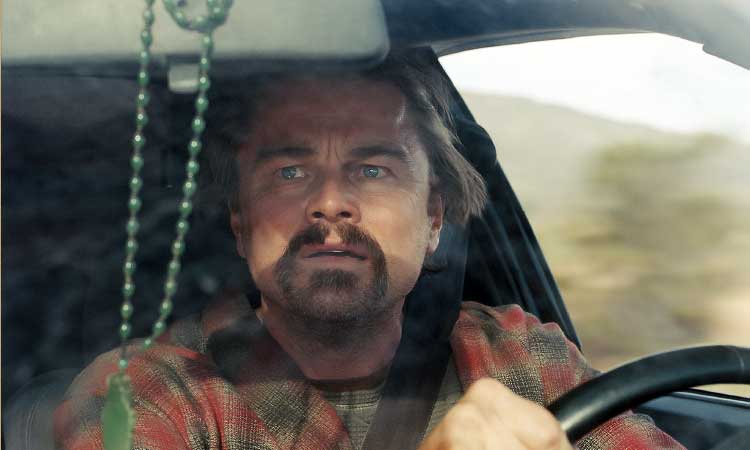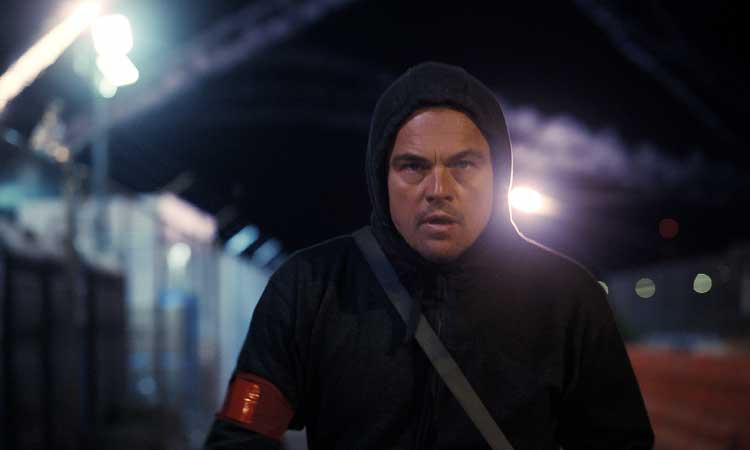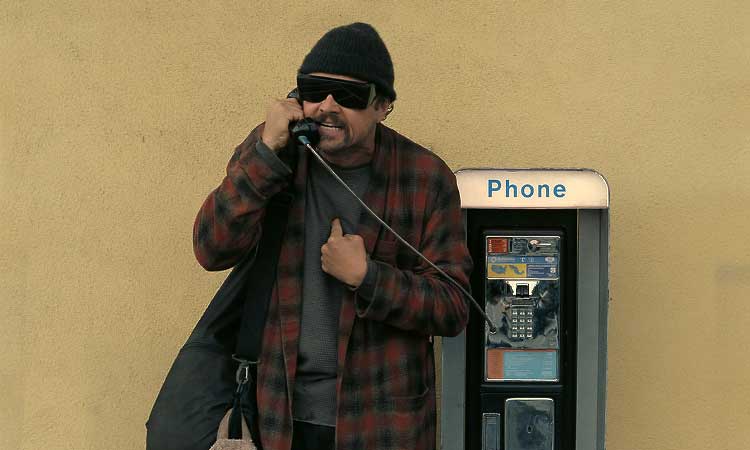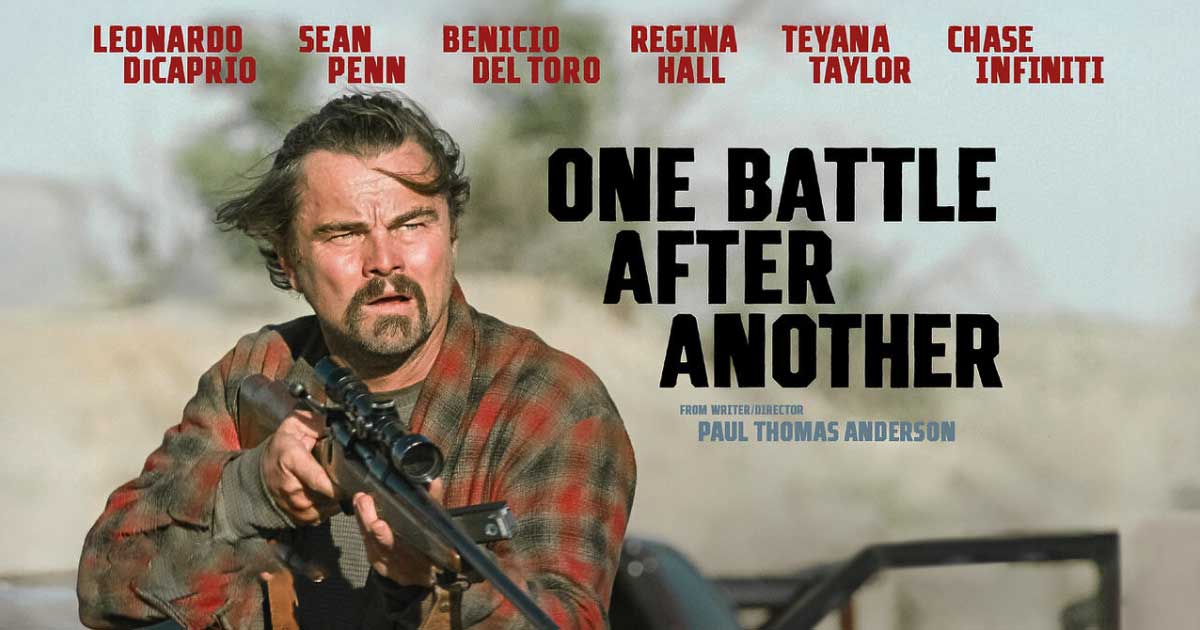Viva la revolución! What is sure to be one of the most talked-about films of the year, Paul Thomas Anderson’s One Battle After Another finds the director at his most thrilling and suspenseful. Packed to the brim with intense action sequences, wild twists, and flawed but fascinating characters, this is a must-see masterpiece from one of America’s greatest filmmakers.
Based on Thomas Pynchon’s 1990 novel Vineland, the film stars Leonardo DiCaprio as Pat (also known as Bob Ferguson), a revolutionary and vigilante who once played a major role in anti-government bombings and attacks. Alongside his lover, Perfidia Beverly Hills (Teyana Taylor), Pat is a member of the revolutionary group known as the French 75. When a job goes wrong, the group separates and hides from Col. Steven Lockjaw (Sean Penn), a brutal military man determined to eliminate the French 75. Sixteen years later, Lockjaw resurfaces, forcing Pat and his now-grown daughter Charlene to go on the run.
That’s just the start of an exciting adventure between father and daughter that includes gun fights, car chases, and tragic turns in a film that never wavers from its very political topic. Here are five reasons why you should join the fight and watch One Battle After Another:
1. PTA’s Roller Coaster Thrill Ride
Paul Thomas Anderson (PTA) has never been one to stay in one lane. From Boogie Nights to There Will Be Blood to Licorice Pizza, his films rarely resemble each other. One Battle After Another marks another bold departure and is easily his most suspenseful, action-packed film to date (with a budget almost as explosive as the action itself).
As always, PTA wrote the screenplay himself, giving him complete control over tone, pacing, and emotional rhythm. Nearly three hours long, the film never drags. Every beat feels sharp and earned.
At times, it plays in the same sandbox as the Coen Brothers or Quentin Tarantino with sprawling, character-driven epics filled with sharp dialogue, dark humor, and unforgettable cinematic moments. Yet it’s executed with PTA’s own style and vigor. It is most definitely one of his best works.

2. A Dynamite Ensemble
An extremely talented cast elevates the material even more, with every performer giving their all, even in brief appearances. DiCaprio remains one of cinema’s greatest stars, shifting seamlessly between overprotective father and perpetually stoned burnout, capturing both sides of Pat with ease. Teyana Taylor, who plays Pat’s seductive and powerful partner, Perfidia Beverly Hills is intensely magnetic, commanding attention in every scene. And newcomer Chase Inifiniti makes a striking debut as Charlene.
Veteran actors Regina Hall and Benicio del Toro also make memorable appearances as allies to Pat, Perfidia, and Charlene. But it’s two-time Oscar winner Sean Penn who steals the spotlight. As Col. Lockjaw, the twisted and terrifying nemesis of the French 75, Penn is disturbingly convincing (and surprisingly jacked). It is a villainous performance worth at least another Oscar nomination.

3. The Stunning Score
One Battle After Another runs just over 160 minutes, and a lot happens during those nearly three hours. Yet it never feels sluggish. The film constantly keeps you on the edge of your seat, making you laugh one moment and squirm the next. A major reason it moves so well is Jonny Greenwood’s stunning score.
Greenwood is best known for being a member of the rock band Radiohead but over the last few years has become one of arthouse cinema’s most sought-after composers, working with the likes of Pablo Larrain, Jane Campion, and of course, Paul Thomas Anderson. He’s worked with PTA on four other films, and this may be his best work yet. His score is unyielding, building towards unease and anxiety before exploding into chaos. It’s a perfect example of how the right score can work wonders.
4. One Memorable Scene After Another
While One Battle After Another works brilliantly as a whole, it’s also packed with unforgettable moments. Several scenes will leave you breathless, most notably a desert car chase so well executed it drew an internal round of applause from me as I watched.
At times, the film turns into an Anderson-style dark comedy. One hilarious scene sees a heavily intoxicated Pat fumbling to recall a passcode, with DiCaprio wringing every ounce of comedy from it. Moments later, the film shifts seamlessly into a tender father–daughter exchange. These tonal pivots feel effortless, resulting in a film full of scenes that stick with you.

5. Politics as Usual
Perhaps most striking is how unflinching the film is in its politics. In today’s America, its themes may divide audiences, but that may be exactly why it matters.
Of course, a story about ex-revolutionaries squaring off against the government and the army will always be political. It isn’t subtle, but PTA sidesteps the clichés with strong storytelling and clever direction (and misdirection). The film is unapologetically anti-fascist and pro-immigration. And while PTA never once mentions a politician or leader by name, it’s clear where the criticisms are aimed.
There’s also a deeper message about leaving the world better than we found it, and about how the fight continues, passed down from generation to generation. It’s an inspiring testament to resilience, but also a sobering reflection on how little changes.
Final Thoughts
Despite its lengthy runtime, One Battle After Another finds Paul Thomas Anderson operating at an even higher level than before, thanks to his all-star cast, higher budget, and his passion to tell this story. He has said that he has been trying to adapt this film for over twenty years, and you can feel it in his work. It’s personal, fervent, confidently-made, and stands among one of the best films of the year.
One Battle After Another is now showing in Philippine cinemas.
Photos courtesy of Warner Bros. Pictures.

